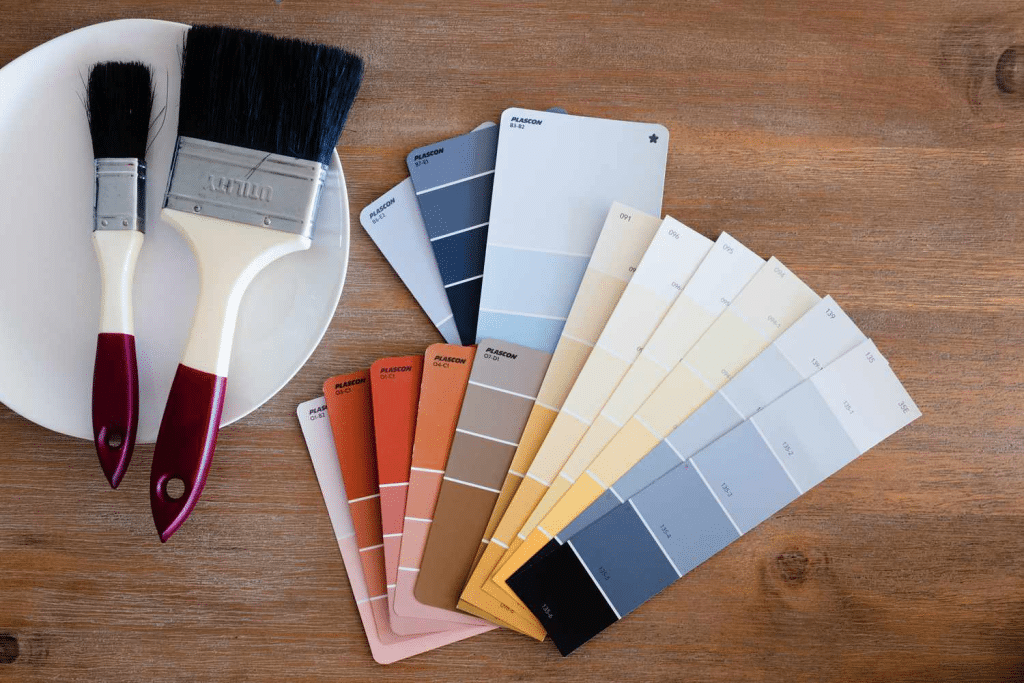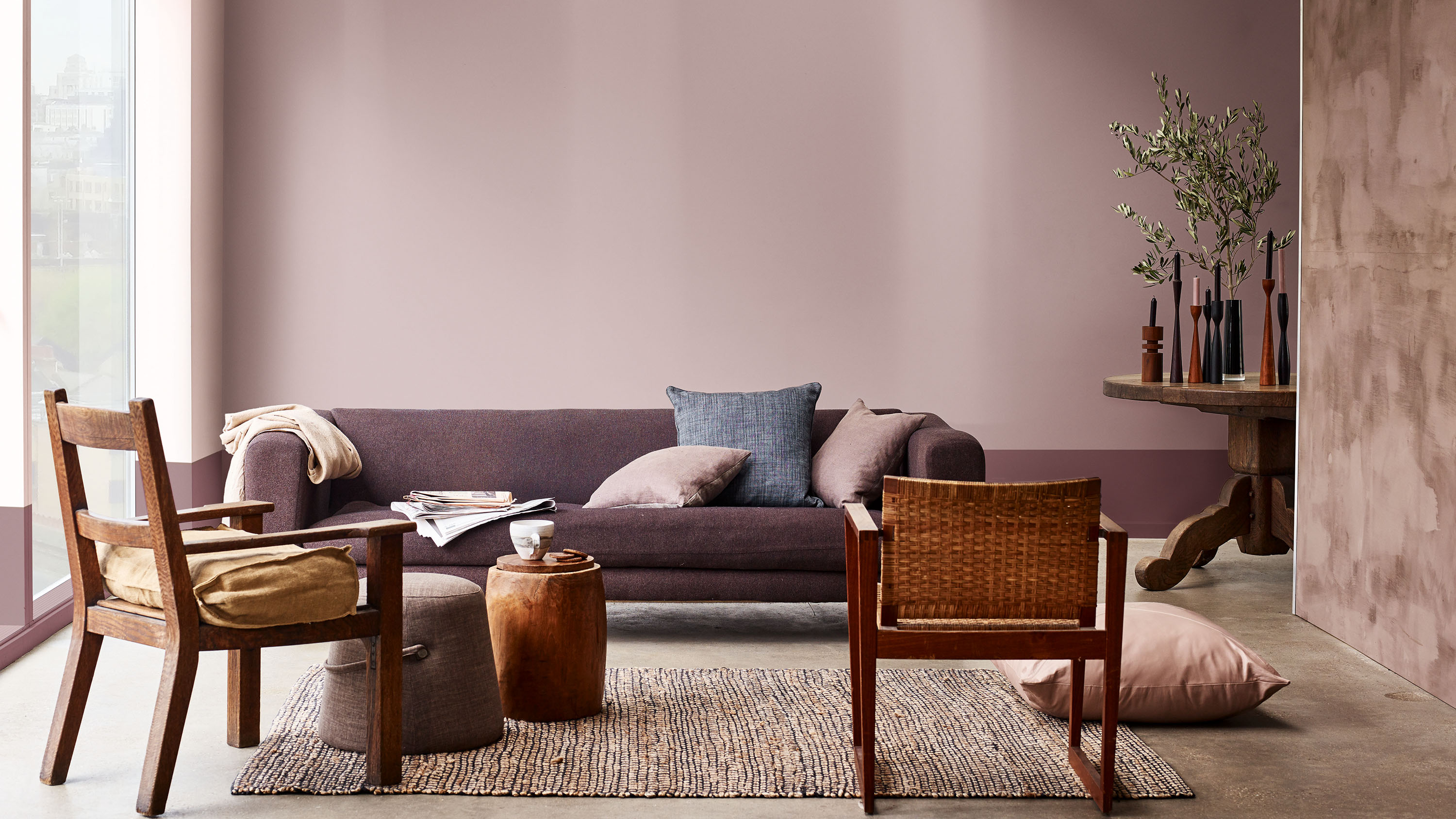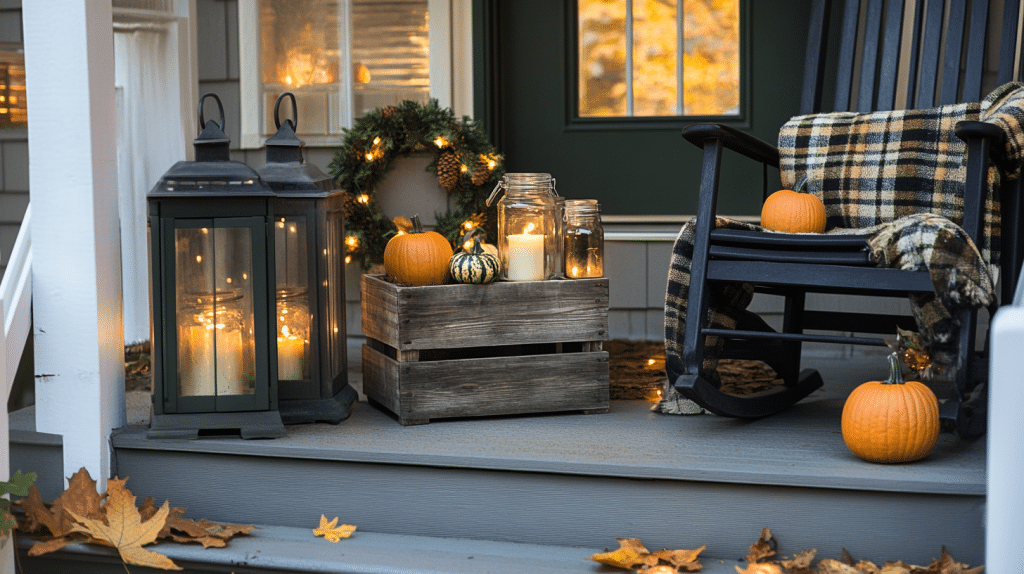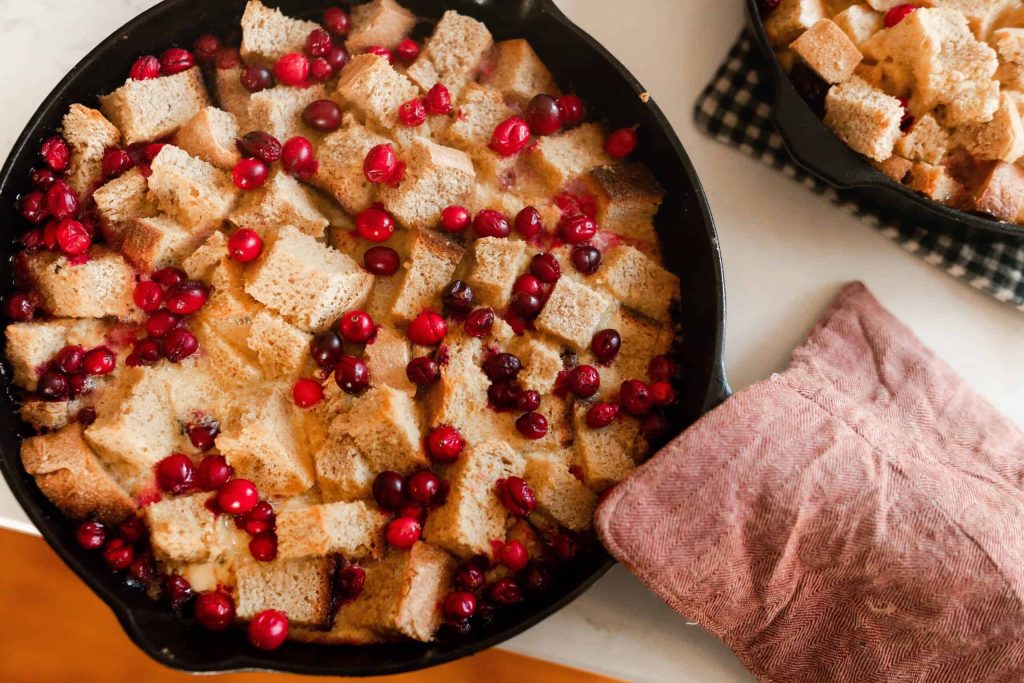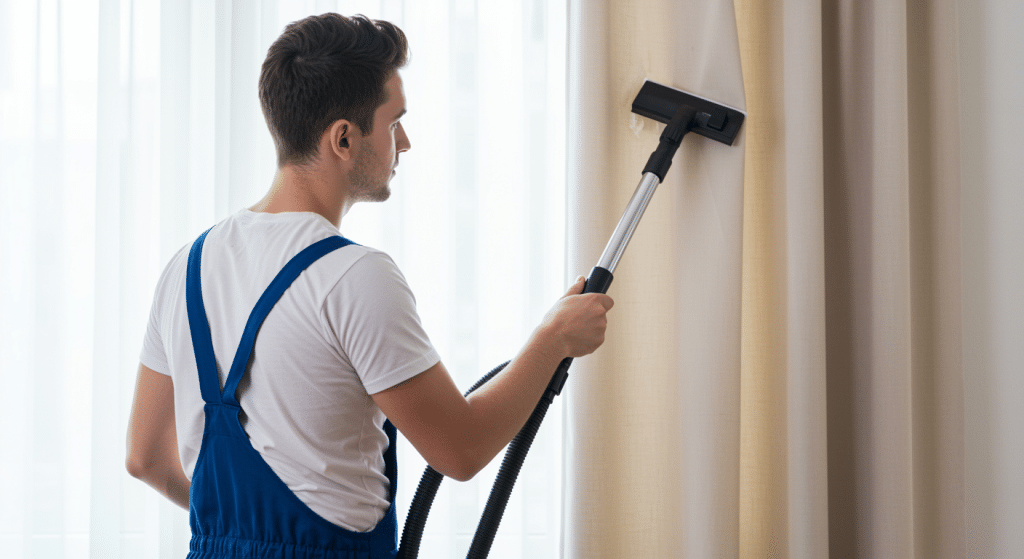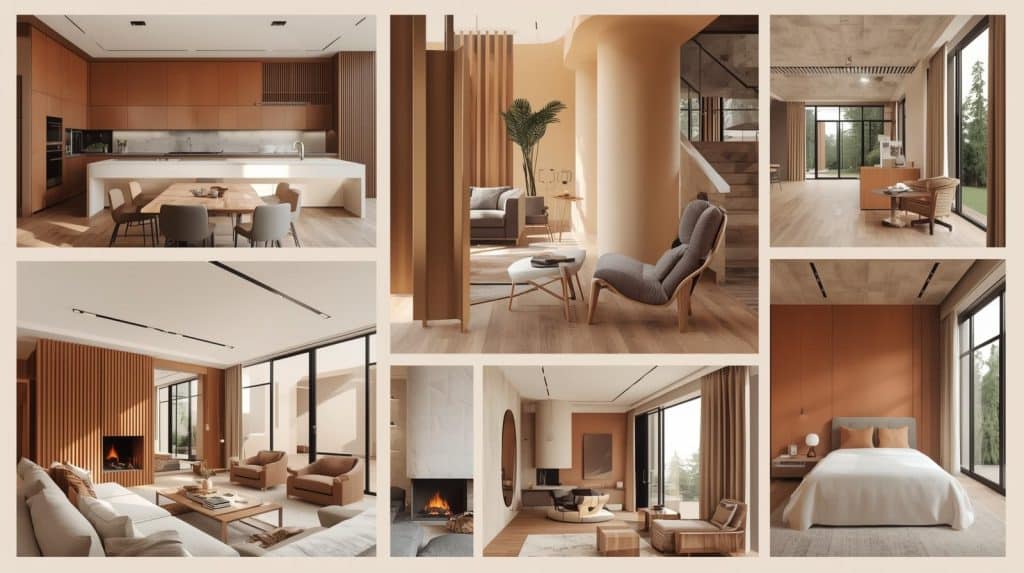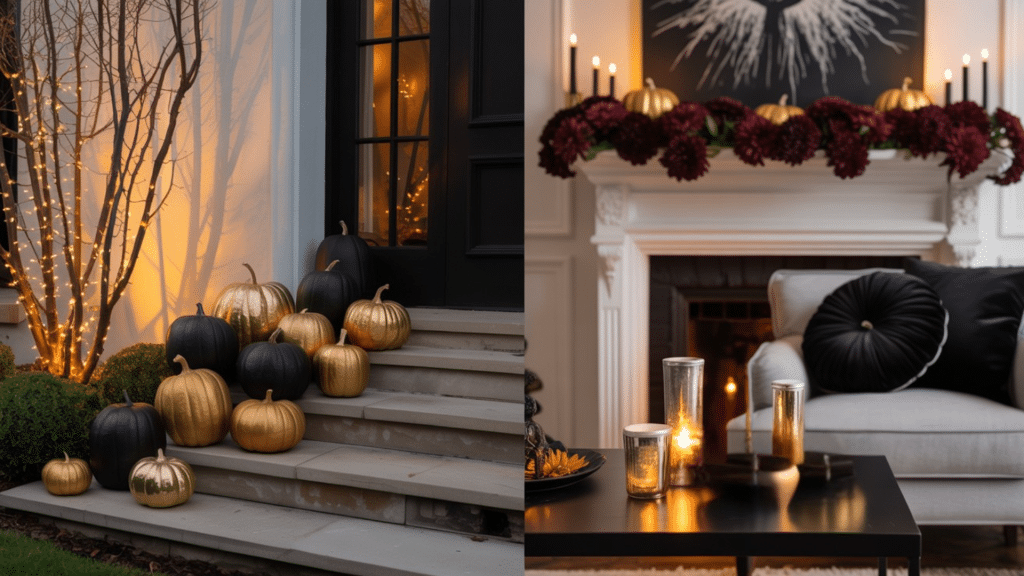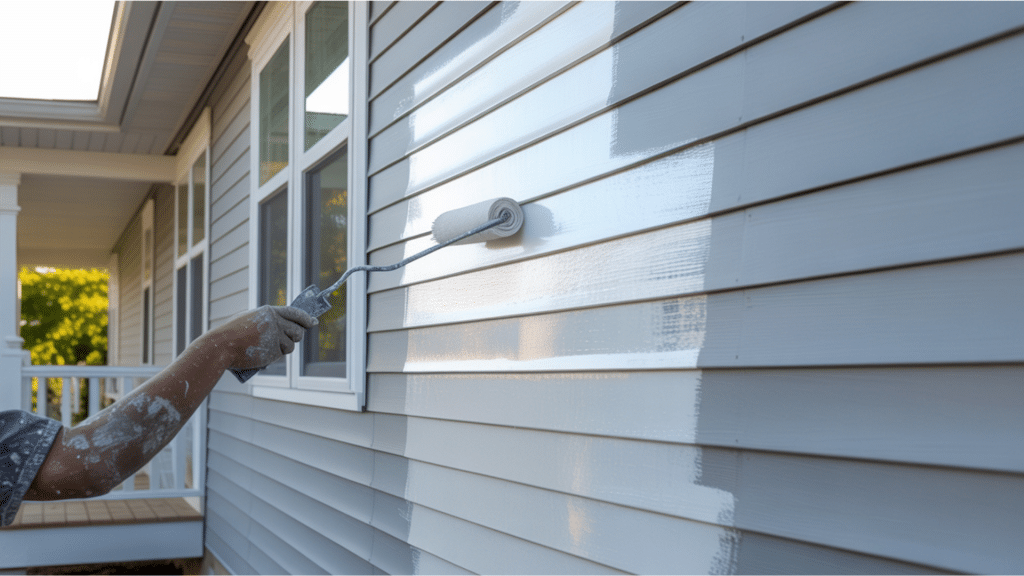I’ve noticed something interesting in my years working with home design: most homeowners miss a critical secret when painting.
We’ll spend hours debating color swatches but completely overlook something that makes just as much impact—the finish.
I know the finish determines how light plays across my walls, how durable my surface becomes, and whether imperfections hide or highlight themselves.
Let me share what I consider when selecting finishes, so you can achieve professional results without expensive do-overs or disappointment.
Paint Finishes 101: What Are They and Why Do They Matter?
Paint finishes refer to the shine or luster of the paint once it dries.They determine how smooth, glossy, or dull the paint will look.
Some finishes reflect light, while others absorb it. The finish you choose affects how your walls look and how easy they are to clean.
Why Do Paint Finishes Matter?
Choosing the right finish matters because it can:
- Change the Look: Some finishes give your walls a soft, matte look, while others make them shiny and bright.
- Affect Durability: Certain finishes are more durable and easier to clean, making them perfect for high-traffic areas like kitchens and bathrooms.
- Hide Imperfections: Matte finishes can hide wall flaws better than glossy ones, which can highlight them.
Types of Paint Finishes and Where to Use Them in Your Home
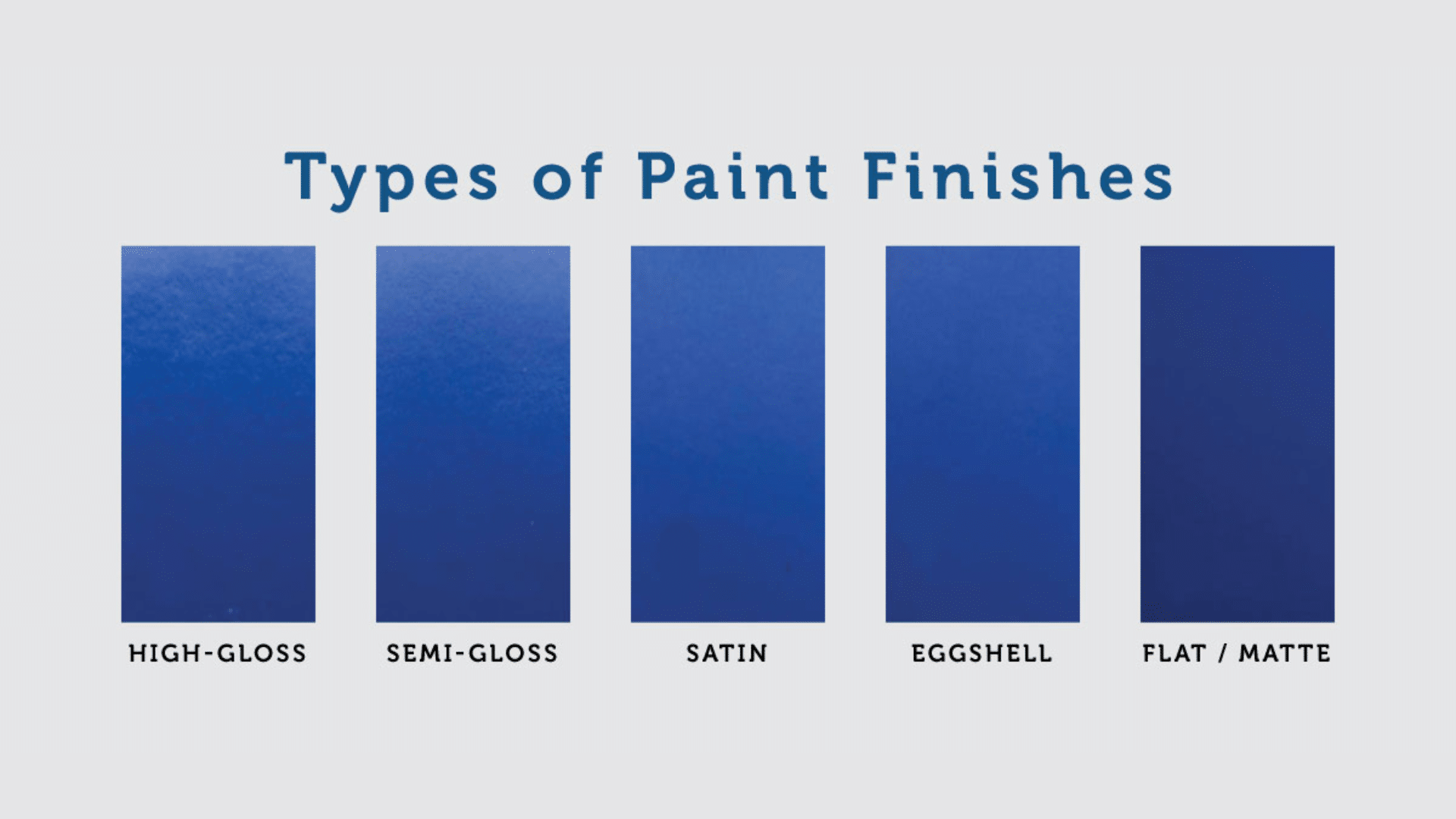
Learn about the types of paint finishes and find out the best places to use each one in your home. From matte to high-gloss, find the perfect finish for every room!
Satin Finish
Satin paint has a soft, gentle shine that isn’t too shiny or too flat. It’s a popular choice for busy spaces like hallways, family rooms, and kids’ bedrooms because it’s durable and can handle some cleaning.
Satin finish also hides small wall marks better than glossier paints, but brush marks can sometimes show if not applied smoothly.
Gloss or High-Gloss Finish
Gloss paint is the shiniest and most reflective finish you can use. It’s very tough and super easy to clean, which makes it perfect for places that get touched a lot, like doors, cabinets, and trim.
Because it shows every little bump or scratch, it’s best for smooth surfaces. Gloss paint is also great for adding a bold, eye-catching look to furniture.
Semi-Gloss Finish
Semi-gloss paint has a noticeable shine, but it’s not as bright as gloss. It’s also strong and easy to wipe clean, so it works well in kitchens, bathrooms, and laundry rooms where there’s more moisture.
Semi-gloss is a favorite for window frames, baseboards, and doors because it stands up to lots of cleaning.
Eggshell Finish
Eggshell paint has a slight sheen, similar to a real eggshell. It’s not too shiny, but it’s easier to clean than flat paint.
Eggshell is a good pick for living rooms, dining rooms, and bedrooms, especially in homes with kids or pets. It also helps hide small flaws on the wall.
Flat or Matte Finish
Flat or matte paint has no shine at all. It’s great for hiding bumps or uneven spots on walls and ceilings.
This finish is best for low-traffic areas like adult bedrooms, ceilings, or formal living rooms because it can get marked or stained more easily and isn’t easy to clean.
Choosing the right paint finish helps your walls look their best and makes cleaning and maintenance easier in each room.
How to Choose the Right Paint Finish for Each Room
Paint finishes range from no shine (flat) to very shiny (high-gloss). Shinier finishes are easier to clean but show wall flaws. Less shiny finishes hide flaws but are harder to clean.
Best Finishes By Room
- Living Room: Eggshell is the top choice. It has a slight shine, some washability, and still hides minor flaws. Flat works in formal living rooms with little traffic.
- Kitchen: Satin is ideal for walls – it wipes clean but isn’t too shiny. Semi-gloss works best for cabinets because it stands up to grease and moisture.
- Bathroom: Semi-gloss is perfect here. It resists moisture, prevents mold, and cleans easily. Satin is a good second choice if the walls have many flaws.
- Bedrooms: Adult bedrooms do well with flat (for coziness) or eggshell (for slight washability). Kids’ bedrooms need satin finish for easier cleaning.
- Hallways: Satin is best for these high-traffic areas. It stands up to bumps, touches, and frequent cleaning without looking too shiny.
- Dining Room: Eggshell balances looks with function. It’s washable enough for food spaces but not too shiny for a nice dining area.
- Ceilings: Flat paint is ideal – it hides flaws and doesn’t create glare. Use eggshell only in bathroom or kitchen ceilings.
- Trim & Doors: Semi-gloss is the standard. It’s durable, wipes clean, and creates a nice contrast with the walls. High gloss works for a more formal look.
- Kids’ Spaces: Satin or semi-gloss allows for cleaning finger marks, art supplies, and food without damaging the paint.
Quick Selection Guide:
| Area Type | Recommended Paint Finish |
|---|---|
| High moisture areas | Semi-gloss |
| High traffic areas | Satin |
| Low traffic areas | Eggshell or flat |
| Areas needing frequent cleaning | Satin or semi-gloss |
| Areas with wall flaws | Flat or eggshell |
Matching the right finish to each room’s needs helps your paint job last longer and look better.
Avoid These Common Paint Finish Mistakes for Flawless Results
Avoiding common paint finish mistakes is key to getting a smooth, professional look that lasts. Here’s how to dodge the most frequent errors and achieve flawless results:
Skipping Surface Preparation
Not cleaning, sanding, or fixing cracks before painting can cause paint to peel or look uneven. Always wash the walls, patch holes, and sand rough spots to create a smooth base.
Using Low-Quality Paint or Tools
Cheap paint and brushes often lead to streaks, uneven color, and more work. Invest in good-quality paint and the right brushes or rollers for your surface to get better coverage and a longer-lasting finish.
Forgetting to Use Primer
Primer helps paint stick better and covers up stains or dark colors. Skipping primer can cause patchy color and poor adhesion. Always use primer on new drywall, bare wood, or when changing from dark to light colors.
Overloading the Brush or Roller
Putting too much paint on your brush or roller can cause drips and an uneven finish. Dip only part of the brush or roller into the paint and tap off the extra before you start painting.
Painting in Bad Conditions
Painting when it’s too humid, too hot, or too cold can make paint dry unevenly or not stick at all. Try to paint when the weather is mild and the room is well-ventilated.
Not Allowing Enough Drying Time
Rushing to add another coat before the first one dries can lead to streaks, smudges, or peeling. Always follow the paint can’s instructions for drying times between coats.
Skipping Painter’s Tape
Not using painter’s tape can lead to messy edges and paint where you don’t want it. Apply tape for sharp lines and remove it while the paint is still a little wet for the cleanest results.
Ignoring the Right Finish for the Room
Using a flat finish in a bathroom or kitchen can cause problems, since these areas need paint that’s easy to clean. Choose the right finish-like semi-gloss or satin-for each space.
By watching out for these mistakes and taking your time, you’ll get a beautiful, even paint finish that lasts.
Choosing and Using Paint Finishes Like a Designer
- Consider Room Function: Use satin or semi-gloss for kitchens and bathrooms, and matte or eggshell for living rooms or bedrooms.
- Hide Imperfections: Choose flat or matte finishes for walls with imperfections.
- Light Reflection: Go for glossy finishes in dark rooms to make them feel brighter.
- Durability: For high-traffic or wet areas, choose semi-gloss or high-gloss for easy cleaning.
- Use Gloss for Accents: Add high-gloss to doors or trim to make them stand out.
- Consider Maintenance: More reflective finishes are easier to wipe clean but show imperfections.
- Test Samples First: Always try a small sample of your chosen finish to see how it looks in the light and on your walls before committing.
These tips will help you choose the best paint finishes for a polished, professional look.
The Bottom Line
Choosing the right paint finish upgrades ordinary walls into design statements that reflect both my style and practical needs.
I’ve found out there’s no single “best” finish, just the right finish for each specific situation.
Before starting any painting project, I assess the room’s lighting, traffic patterns, and wall conditions.
Which paint finish will you choose for your next project? Share your plans in the comments below, and let me know which finish has worked best in your home!


